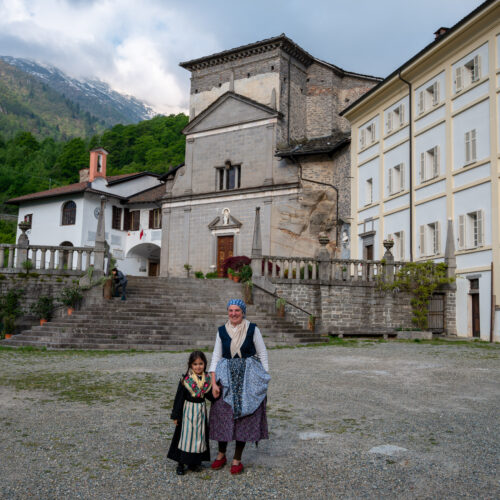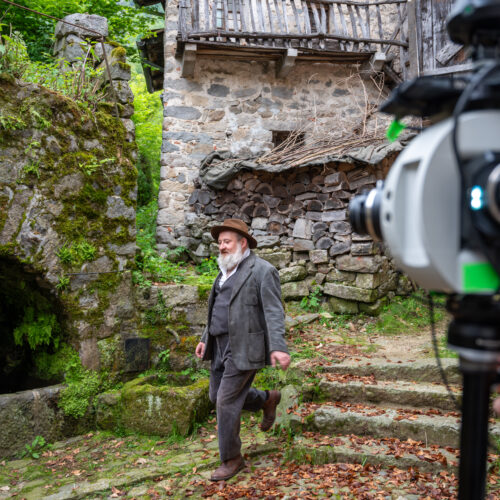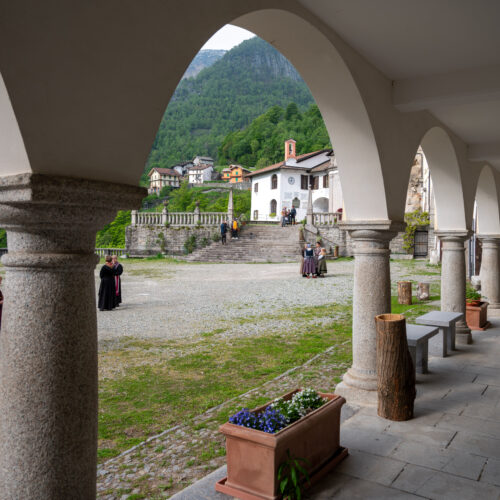Storie di Pietra - La vita nell’alta Valle del Cervo
Municipality of Rosazza
- Municipality of Rosazza
OUR SERVICES
- Content Production
- Video Production
A new Virtual Reality short film that portrays the life of mountain communities in the Biella area in an innovative and creative way, experimenting with new filming techniques for a totally immersive experience


With the aim of recreating an all-encompassing and immersive experience, the production set up realistic sets and used new experimental technologies to create sequences capable of giving the spectator a sense of immersive participation. In fact, the decision to shoot the scenes of the short film on location stems from the need to enhance a place that preserves historical traces of the past. Through Virtual Reality filming and technical equipment, such as drone, steadycam and fixed cameras, the director wanted to build an evocative story that would go beyond the purely documentary sphere and go beyond the typically didactic modalities of fruition, to position itself as an immersive entertainment experience, closer to the cinema environment.
The innovative idea was to apply the production practice borrowed from cinema to the context of VR filming, subsequently treated in CGI and introducing the use of AI, with the prospect of creating an innovative short film that goes beyond the purely documentary sphere and exceeds the typically didactic modes of fruition.


The first chapter of the short film is introduced by a voice-over which, in contemporary language, takes us back to what was happening in the Valley at the end of the 19th century. The use, by the characters, of dialect, albeit in a circumscribed form, contributes to making the film scene more agile and dynamic. The second part of the film, on the other hand, focuses first on the dialogue between two men from different social backgrounds and then on the scanning of a family’s life as the father prepares to leave home to emigrate to faraway places where he will be engaged in risky professions.
